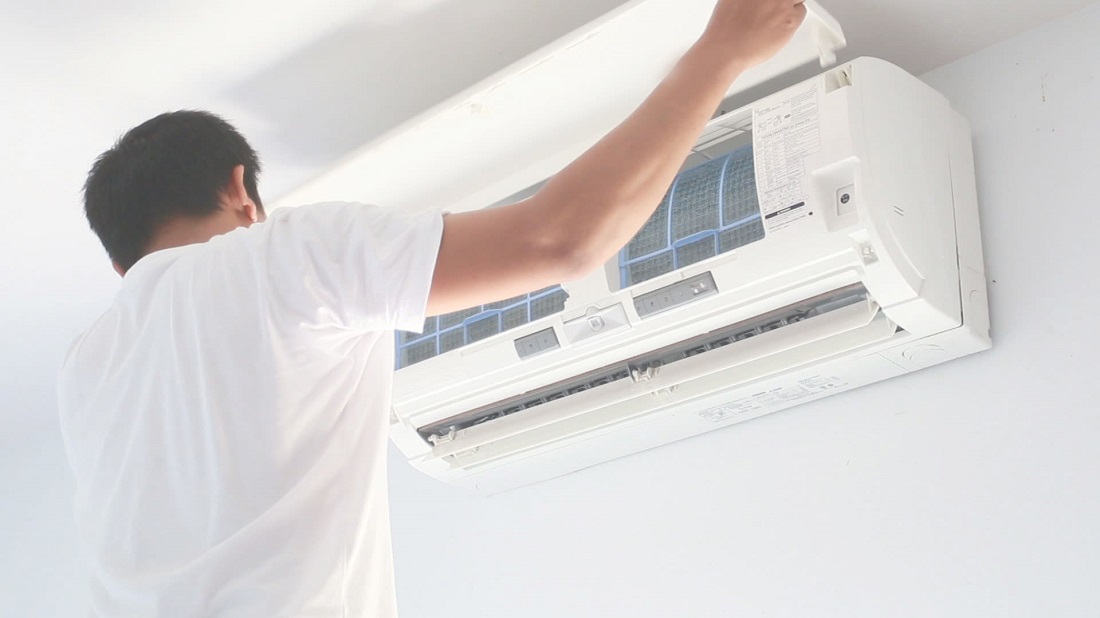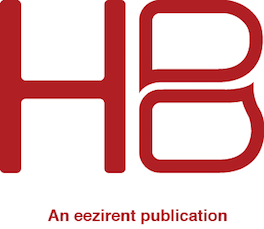
01 Oct Time to check the air con
As the weather starts to heat up – dramatically it seems for parts of Eastern Australia, it is time to talk air conditioning.
In the not too distant past, air conditioning was seen as a luxury in many homes; even in the tropical north. Developments in technology coupled with dramatically reduced manufacturing costs have turn the ‘nice to have’ into a ‘must have’.
Landlords, it is no good saying that ‘we all grew up without air conditioning’. Tenants don’t care. They want the ability to cool (and to heat) the property. And they expect you to provide it.
So with that established, let’s look at repairs and maintenance and who is responsible.
Repairs
If the air conditioning was in good working order at the start of the tenancy, it must be repaired if it breaks down. In fact some states include air conditioning in the list of emergency repairs. The landlord is responsible for the cost of the repairs if the cause is a fault, old age or perhaps storm damage. The tenant is responsible for the repairs if they have caused the problem.
Always get a report from the technician stating the cause. You will need this if the tenant needs to reimburse you.
Maintenance
With many air conditioning systems, there is simple ongoing maintenance and then there is a full service.
The simple maintenance usually consists of removing and cleaning the filters, and vacuuming dust from vents. This can be done by the tenant, but it is best either done by the landlord or a service provider. Honest Broker never likes the thought of requiring a tenant to climb a ladder to conduct any maintenance. You can either co-ordinate this job with a routine inspection, or access the property on the basis of repairs and maintenance. If nothing else, it gives you an opportunity to check on your investment.
A full service should be conducted in accordance with the manufacturer’s guidelines. Typically that is once a year.
During this service the technician should:
– Check for correct amount of refrigerant
– Test for refrigerant leaks using a leak detector
– Capture any refrigerant that must be evacuated from the system, instead of illegally releasing it to the atmosphere
– Check for and seal duct leakage in central systems
– Measure airflow through the evaporator coil
– Verify the correct electric control sequence and make sure that the heating system and cooling system cannot operate simultaneously
– Inspect electric terminals, clean and tighten connections, and apply a non-conductive coating if necessary
– Oil motors and check belts for tightness and wear
– Check the accuracy of the thermostat.
You will attract tenants with an air conditioned property – especially if it is air conditioned throughout. Don’t shorten the life of this outlay by neglecting maintenance.
Read these related posts:
Things tenants will pay more for



Sorry, the comment form is closed at this time.